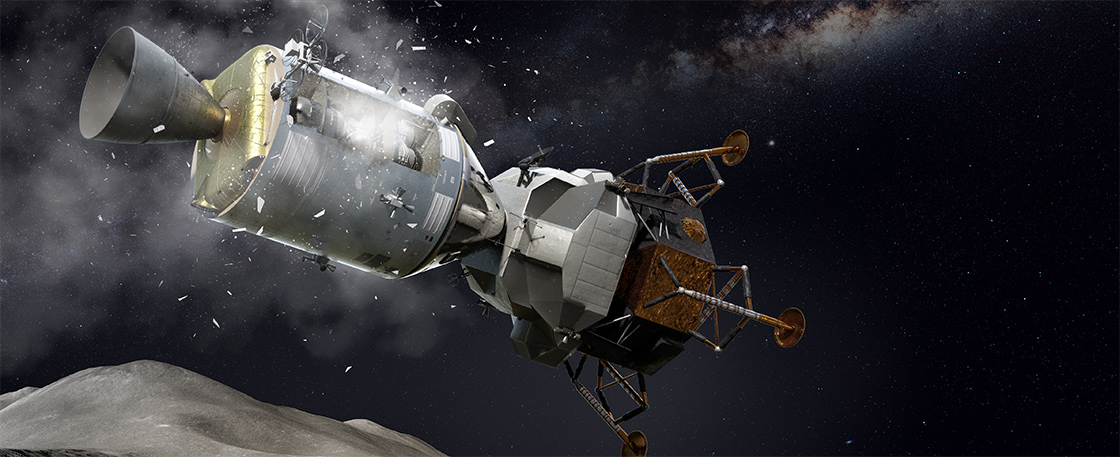The three astronauts of Apollo 13 were doomed.
That’s how it seemed on April 13, 1970.
Commander Jim Lovell and officers Fred Haise and Jack Swigert were speeding through space when a violent explosion rocked their spacecraft. The blast tore apart one side of their ship. Within minutes, half their oxygen supply had bled out, and the ship’s power was draining fast.
Without power and oxygen, the astronauts would soon suffocate. And they would be stranded in the forever blackness of space.
Apollo 13 was supposed to be a research mission to the moon. Now it would be a fight for survival hundreds of thousands of miles from Earth.
The three astronauts of Apollo 13 were doomed.
That’s how it seemed on April 13, 1970. Commander Jim Lovell and officers Fred Haise and Jack Swigert were speeding through space when an explosion rocked their spacecraft. The blast tore apart one side of the ship. Within minutes, half their oxygen supply was gone. The ship’s power was draining fast.
Without power and oxygen, the men would soon die. And they would be stranded in space.
Apollo 13 was supposed to be a research mission to the moon. Now it would be a fight for survival hundreds of thousands of miles from Earth.


